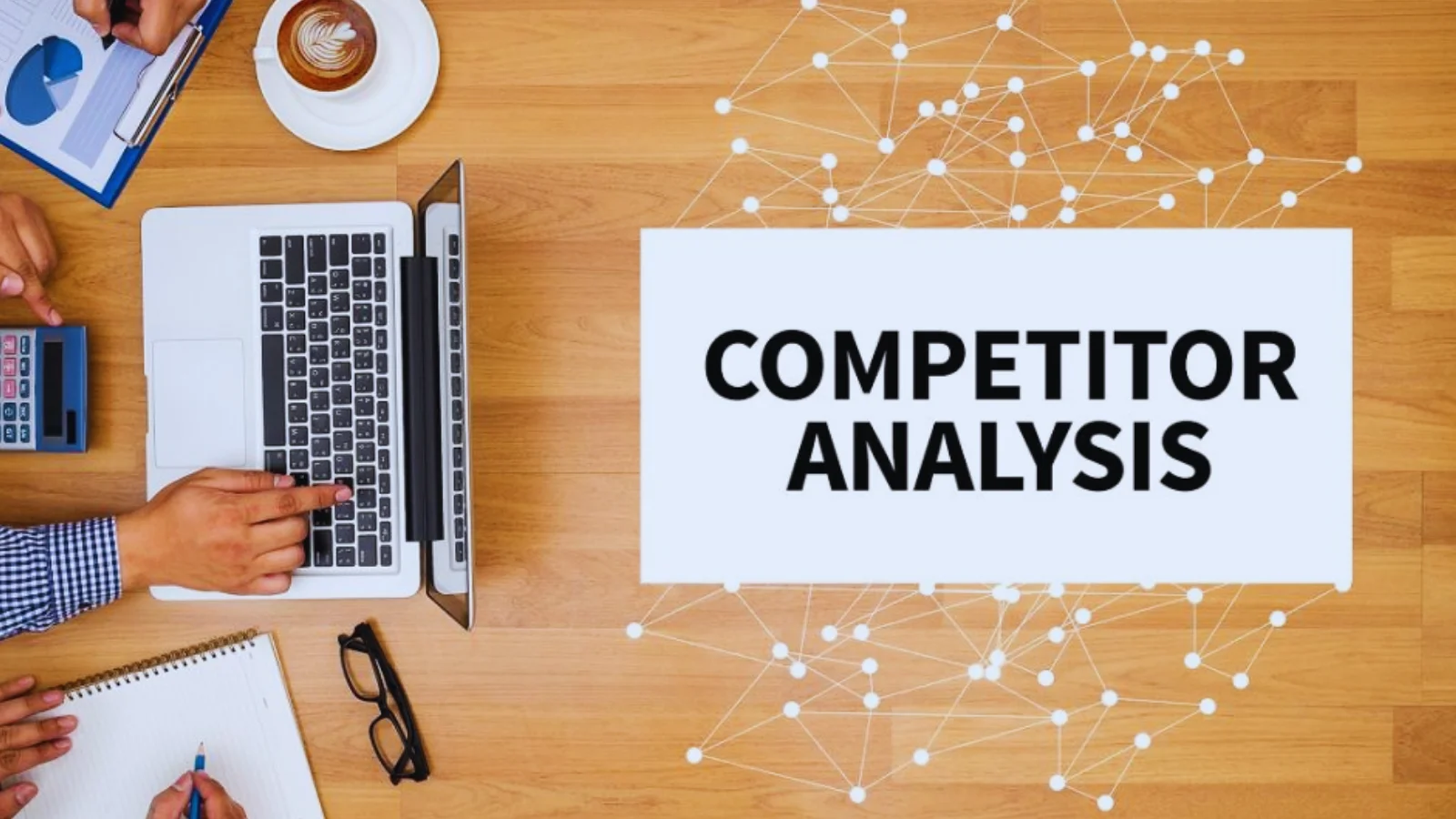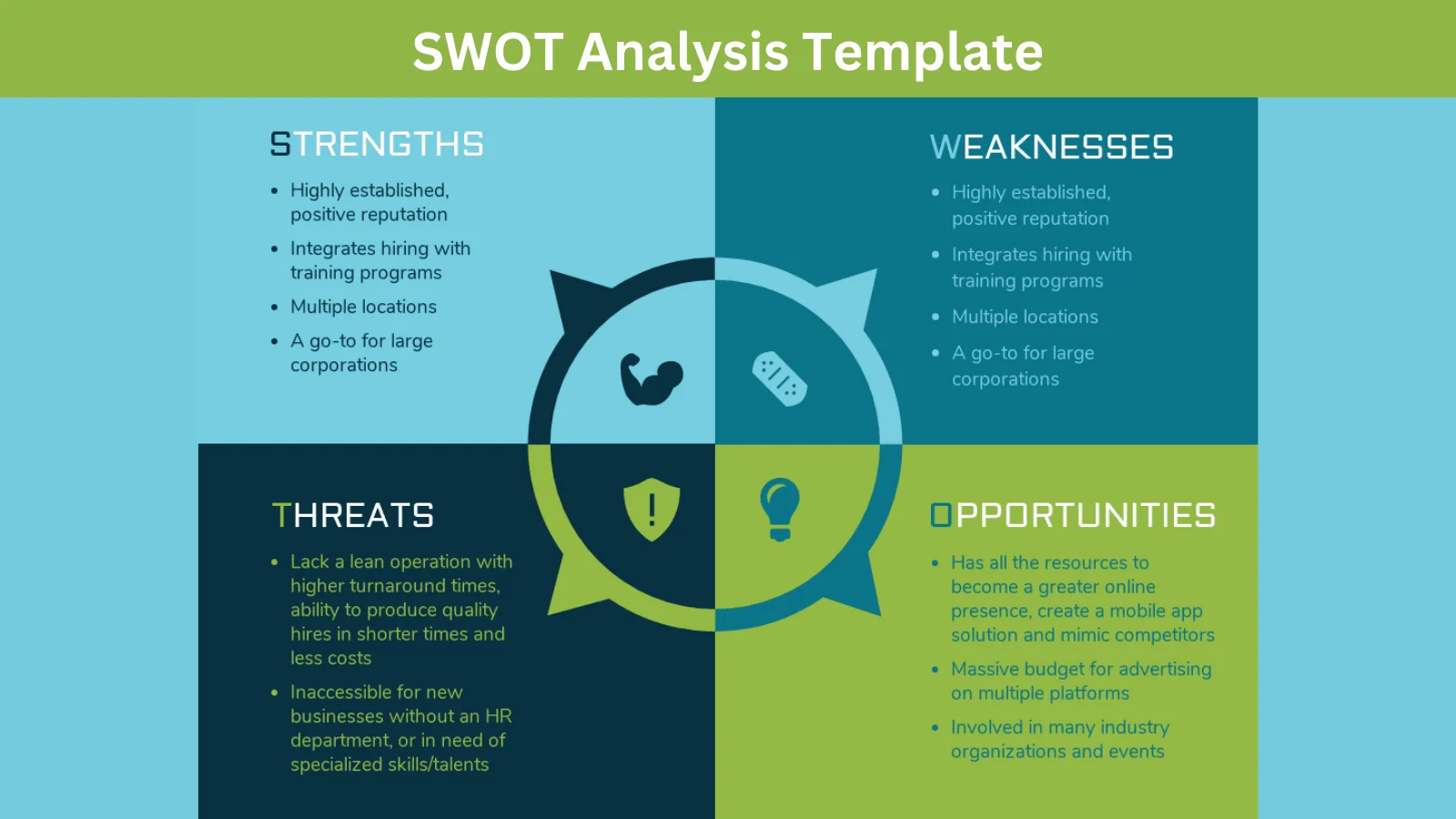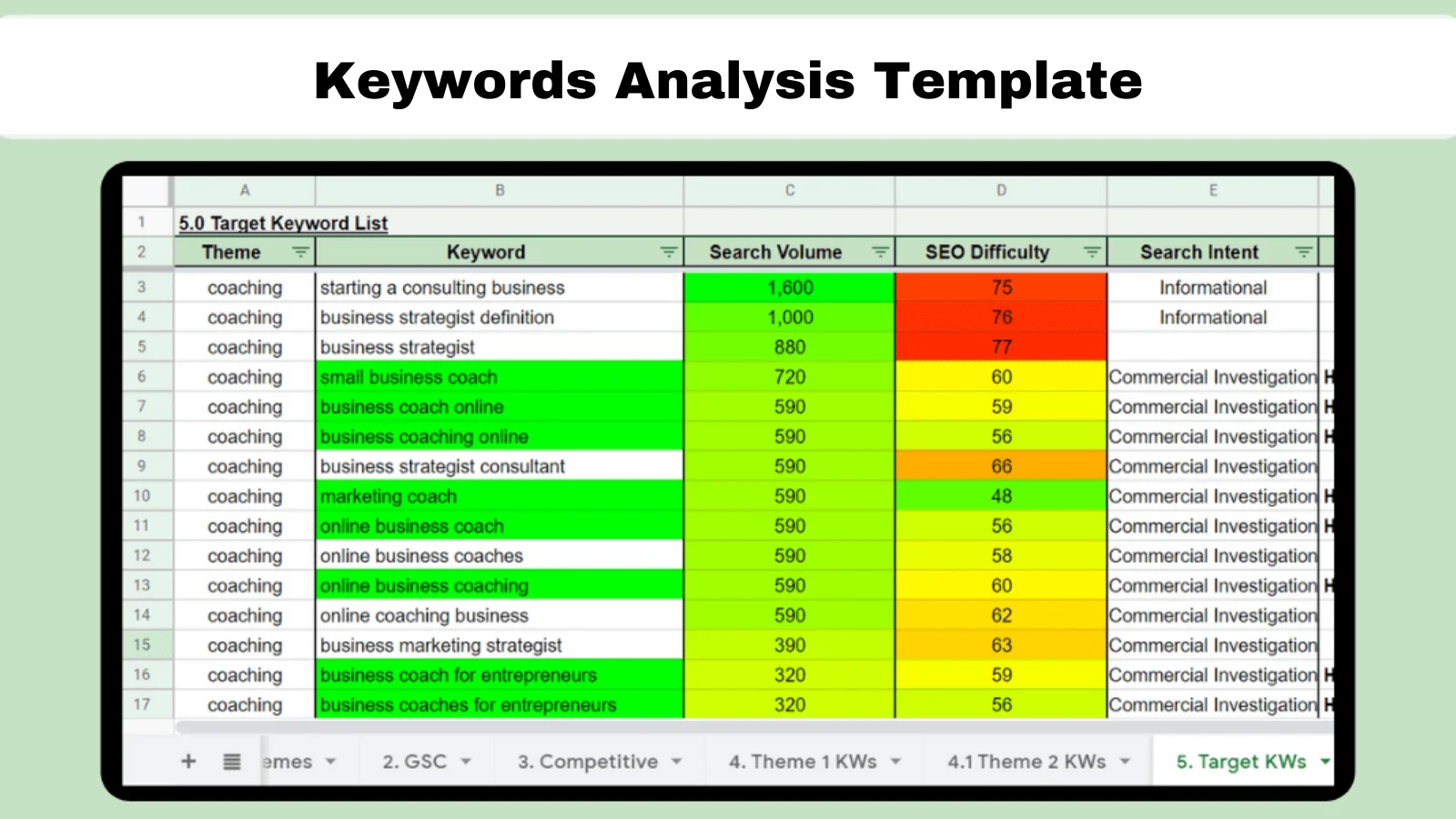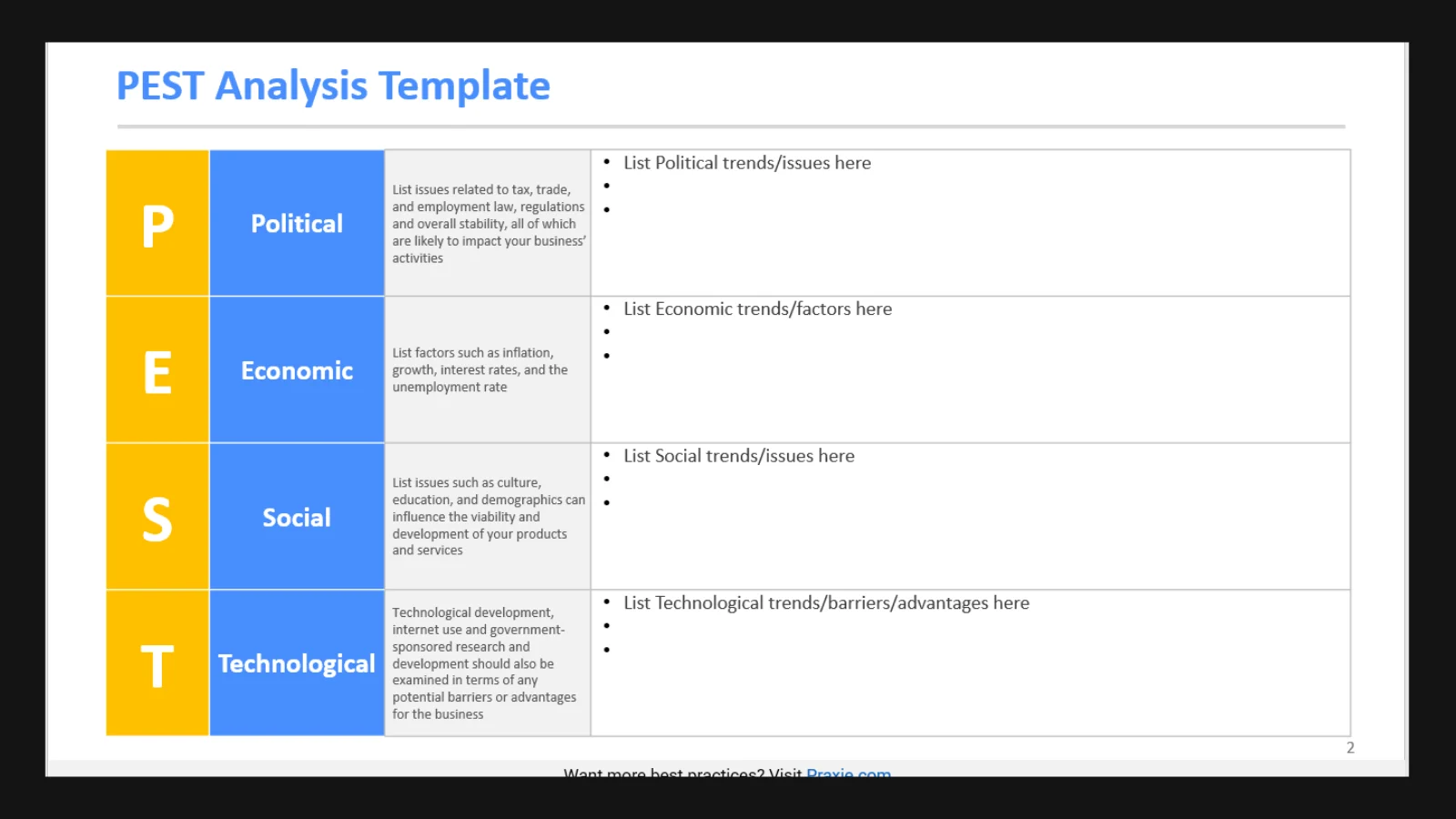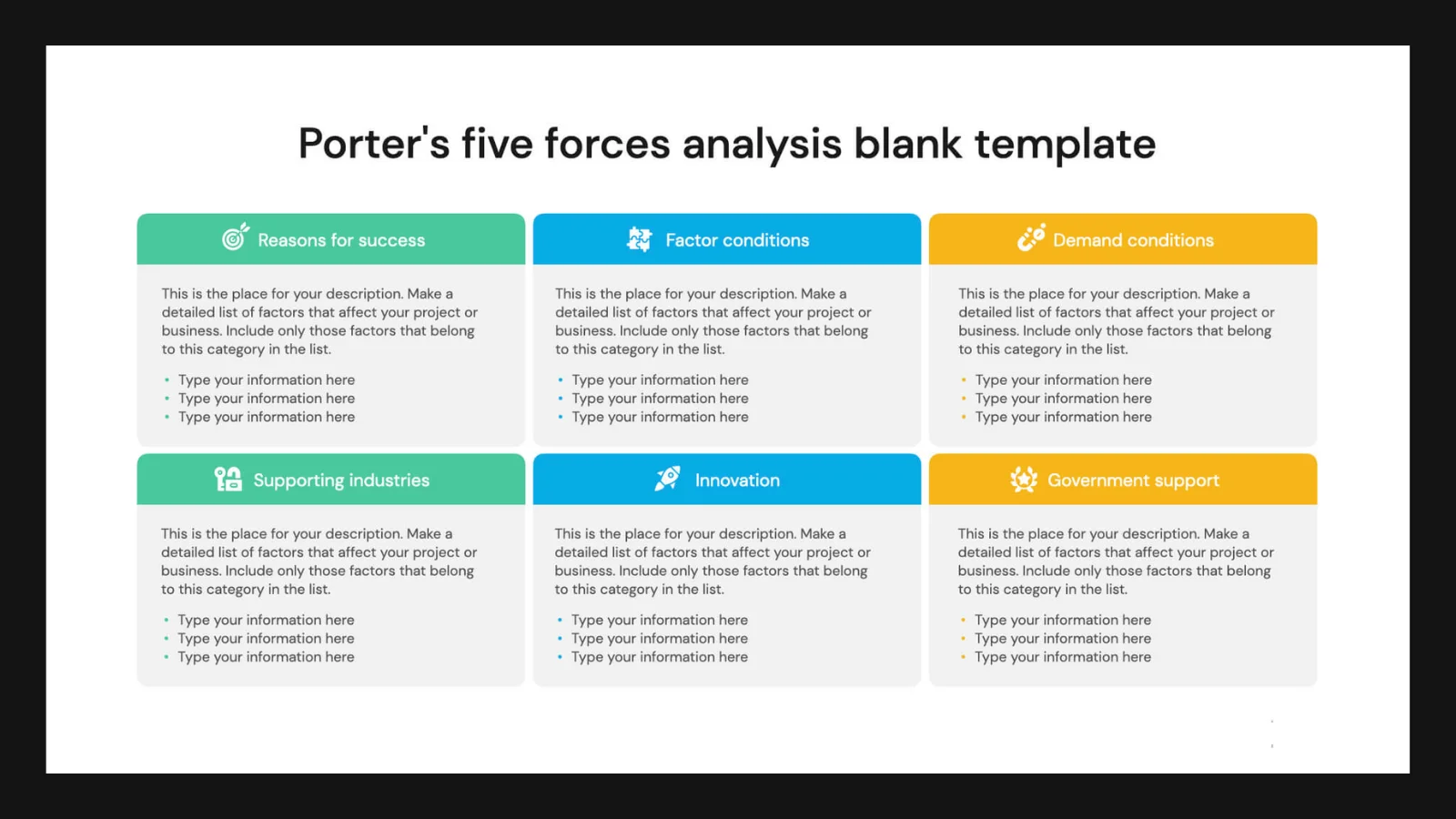7 Competitive Analysis Templates To Enhance Your Performance
In a world where every edge counts, you don’t want to go into the business battleground without a solid game plan. That’s where the competitive analysis template comes into play – they’re like your trusty sidekicks in the quest for market domination.
So, whether you’re a business veteran looking to sharpen your strategies or a fresh-faced entrepreneur ready to make your mark, these templates are your secret weapon.
Picture this: uncovering your competitors’ well-guarded secrets, spotting opportunities they’ve missed, and supercharging your performance. It’s like having an x-ray vision for your industry!
From dissecting marketing strategies to diving deep into market forces, we’ve got seven incredible templates lined up that will revolutionize the way you do business.
Get ready to up your game, gain that competitive edge, and boost your business to new heights. It’s time to dive into the world of competitive analysis and unlock your path to success!
Listen To The Podcast Now!
What Is Competitive Analysis?
Before delving into the world of competitive analysis templates, let’s first understand what competitor analysis entails. A Competitive Analysis is a systematic and comprehensive examination of a business’s competitive landscape to gain insights into the strengths and weaknesses of competitors, market trends, and the overall competitive environment.
Competitive analysis serves several crucial purposes in business:
Identifying Competitors: It helps you identify who your competitors are, both direct and indirect, in your industry or niche.
Understanding The Market: It provides insights into market trends, customer preferences, and potential opportunities.
Assessing Strengths & Weaknesses: You can assess your competitors’ strengths and weaknesses, allowing you to capitalize on their weaknesses and defend against their strengths.
Formulating Strategies: Armed with this information, you can develop strategies that set you apart from the competition and enhance your competitive advantage.
Well! The primary goal of competitive analysis is to identify opportunities and threats that can inform a business’s strategic decisions and help it gain a competitive edge. Brands can have an in-depth insight into competitors’ ads with the help of AI-based ad research tools like PowerAdSpy.
PowerAdSpy: AI-based Ad Intelligence Tool
Among the constellation of competitor analysis tools, PowerAdSpy shines as a versatile and powerful option. It is an AI-based formidable competitor research tool that equips businesses and marketers with the knowledge and insights they need to thrive in the competitive landscape of digital advertising.
Its features, including in-depth ad campaign analysis, real-time updates, and a user-friendly interface, make it a valuable asset in the pursuit of digital marketing success.
Here’s why PowerAdSpy is a game-changer for marketers:
Ad Campaign Intelligence
PowerAdSpy specializes in dissecting and analyzing ad campaigns across various platforms, including Facebook, Instagram, Google, Linkedin, Pinterest and more. With this tool, you can:
Spy on Competitors: PowerAdSpy allows you to keep tabs on your competitors’ ad campaigns. You can see the types of ads they run, the targeting options they use, and even their copy.
Ad Performance Insights: The tool provides critical data on ad performance, including engagement metrics, ad spend estimates, and the duration of ad campaigns. This information helps you understand which ads are resonating with your audience.
Granular Search Filters
PowerAdSpy’s advanced search filters enable you to narrow down your research and find the exact data you need. You can filter ads by keywords, ad type, ad network, and even by the affiliate network used. This level of granularity is invaluable for precise social media competitor analysis.
Ad Creatives Archive
One standout feature of PowerAdSpy is its extensive ad creatives archive. You can explore a vast library of ad creatives, allowing you to draw inspiration from competitors’ successful campaigns and adapt proven strategies to your marketing efforts.
Real-Time Updates
Competitive landscapes can change rapidly, and PowerAdSpy understands this. The tool keeps you up to date with ad campaigns in real time so you always have the most up-to-date information.
User-Friendly Interface
PowerAdSpy boasts an intuitive and user-friendly interface, making it accessible to both seasoned marketers and newcomers. You don’t need to be a data scientist to harness its capabilities effectively.
Now that you understand the importance of competitive analysis and its tool, let’s explore seven competitive analysis templates that can boost your business performance and edge.
What Are The 7 Competitive Analysis Templates?
1. Basic Marketing Competitive Analysis Template
This Google ad template focuses on the fundamental aspects of competitive analysis in marketing. It helps you gather information about your competitors’ marketing strategies, such as their target audience, messaging, branding, and advertising channels.
Here’s a brief overview of the key components:
- Competitor Profiles: Create profiles for each of your main competitors, including their history, mission, and target audience.
- SWOT Analysis: Analyze the strengths, weaknesses, opportunities, and threats of each competitor.
- Marketing Channels: Identify the marketing channels your competitors are using, such as social media, email marketing, or content marketing.
- Content Analysis: Evaluate the type of content your competitors produce and its effectiveness.
- Branding and Messaging: Analyze how your competitors present themselves to the market and their messaging strategies.
2. Social Media Competitive Analysis
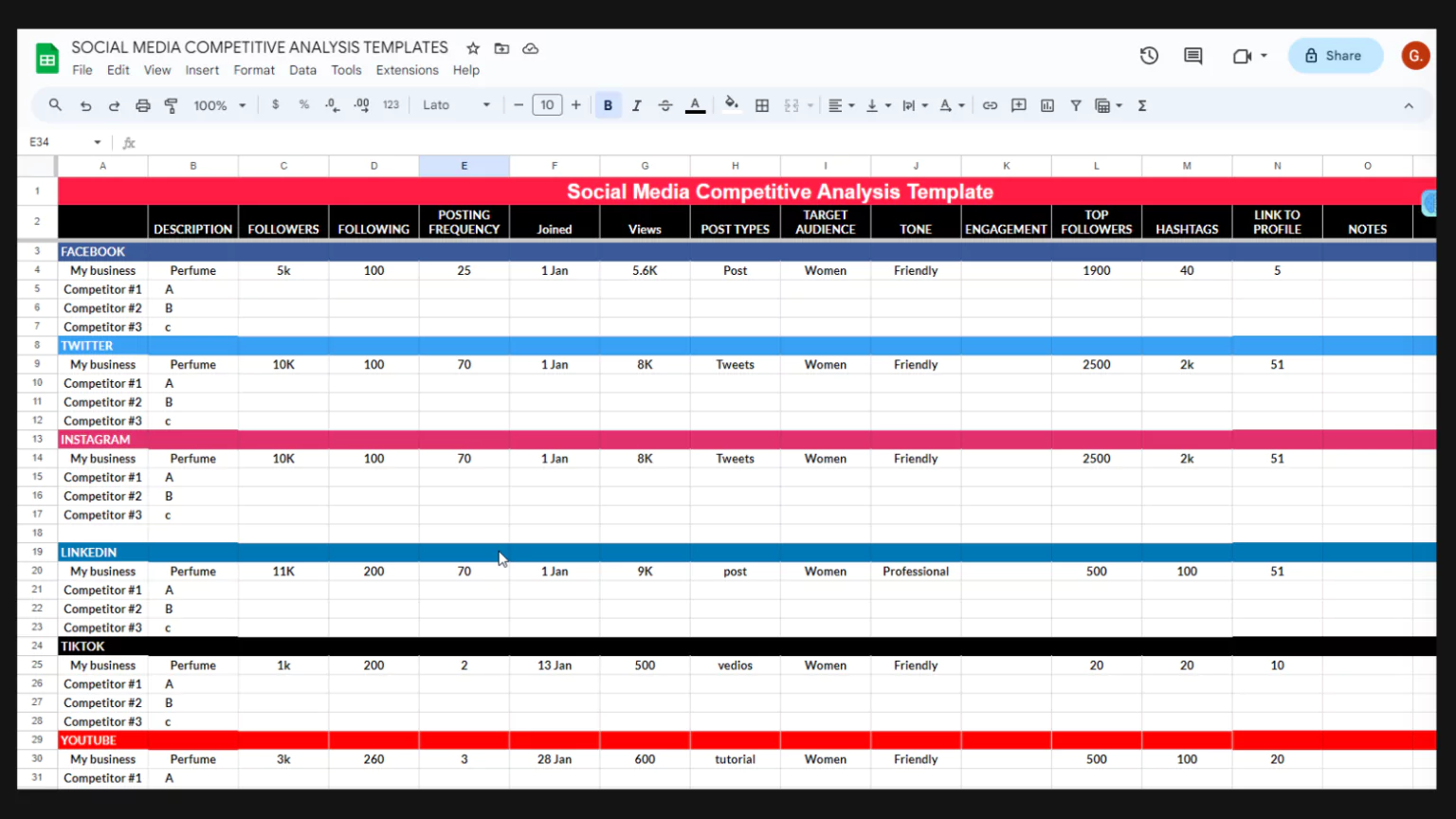
In today’s digital age, social media plays a pivotal role in marketing and brand promotion. This competitive analysis template is here to help you figure out what your rivals are up to when it comes to social media.
It’s got everything you need to know:
- Social Media Profiles: List your competitors’ social media profiles and track their follower counts, engagement rates, and posting frequency.
- Content Analysis: Evaluate the type of content your competitors share on social media platforms and their engagement levels.
- Audience Analysis: Identify your competitors’ target audience on social media and their interaction patterns.
- Advertising Strategies: Examine if your competitors are running paid social media campaigns and analyze their effectiveness.
3. SWOT Analysis
You can use the SWOT competitive analysis template to compare your competitors and even your own business. It’s great to have a hand on it. It assesses internal strengths and weaknesses and external opportunities and threats.
When used for competitive analysis, it can help you uncover valuable insights:
- Strengths: List the strengths of your competitors, such as unique products, strong brand recognition, or efficient supply chains.
- Weaknesses: Identify areas where your competitors may be vulnerable, such as customer service issues, outdated technology, or high production costs.
- Opportunities: Explore potential opportunities in the market that your competitors might not be leveraging.
- Threats: Analyze external factors that could pose a threat to your competitors, such as changing regulations or emerging competitors.
4. Keyword Competitive Analysis
Search Engine Optimization (SEO) has never been more important in the era of the internet. This competitive analysis template focuses on analyzing your competitors’ keyword strategies to help you enhance your online presence:
- Keyword Research: Identify the keywords your competitors are targeting in their online content.
- Keyword Ranking: Determine how well your competitors are ranking for these keywords in search engine results pages (SERPs).
- Content Gap Analysis: Discover gaps in your competitors’ content that you can fill with valuable, optimized content.
- Backlink Analysis: Evaluate the backlinks pointing to your competitor’s websites and assess their quality and quantity.
5. 7P Competitive Analysis
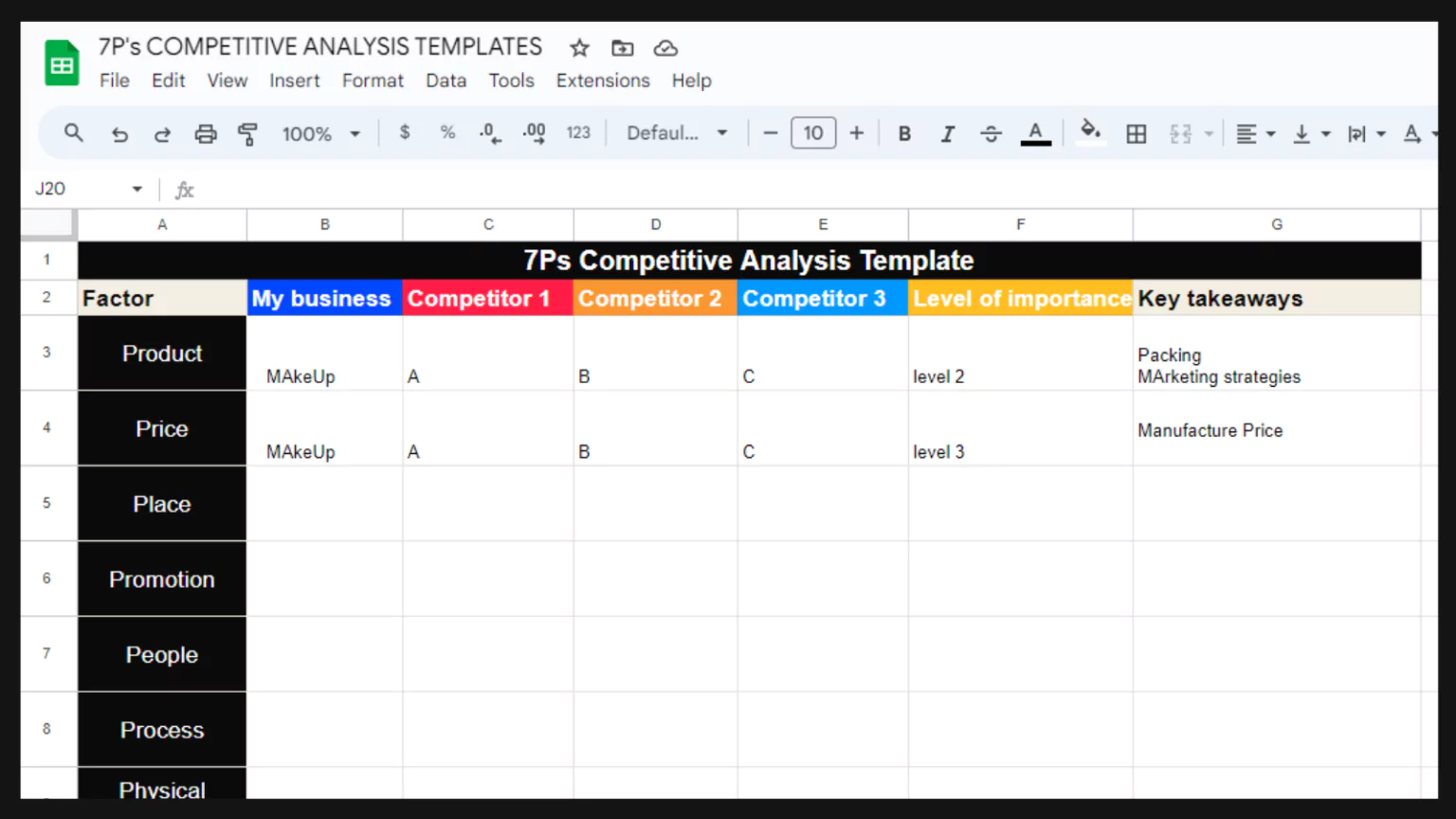
The 7P model is an extension of the traditional 4Ps of marketing (Product, Price, Place, Promotion). It adds People, Processes, and Physical Evidence to the mix.
This competitive analysis template helps you evaluate your competitors across all these dimensions:
- Product/Service: Analyze the features, quality, and uniqueness of your competitors’ products or services.
- Price: Examine the pricing strategies and value propositions of your competitors.
- Place: Evaluate the distribution channels and locations where your competitors offer their products or services.
- Promotion: Assess the marketing and advertising tactics your competitors employ.
- People: Think about how experienced, qualified, and friendly your rivals’ employees are.
- Processes: Evaluate the efficiency and effectiveness of your competitors’ business processes.
- Physical Evidence: Look at tangible aspects like branding, packaging, and physical locations.
6. PEST Competitive Analysis
The PEST analysis template is a strategic tool that helps you assess the macro-environmental factors affecting your competitors and, by extension, your business. PEST stands for Political, Economic, Social, and Technological factors.
Here’s how to apply this competitive analysis template:
- Political Factors: Consider how government policies, regulations, and political stability impact your competitors.
- Economic Factors: Check out what’s going on in the economy, what inflation and foreign exchange rates are, and how your competitors are doing.
- Social Factors: Examine societal trends, cultural preferences, and demographic shifts that influence your competitors’ target markets.
- Technological Factors: Assess how technological advancements and innovations affect your competitors’ industry.
7. Porter’s Five Forces Competitive Analysis
Porter’s Five Forces model is a classic competitor analysis framework for assessing the competitive forces in an industry. It helps you understand the competitive intensity and attractiveness of your industry.
Here are the five forces to consider:
- Threat of New Entrants: Evaluate the barriers to entry for new competitors in your industry.
- Bargain Power of Suppliers: Determine the extent to which the power suppliers influence the terms and conditions of your competitors.
- Bargain Power of Buyers: Figure out how much influence buyers have when it comes to pricing and terms.
- The threat of Substitutes: Identify potential substitutes for your competitors’ products or services.
- Competitive Rivalry: Examine the intensity of competition among existing players in your industry.
Read More:
Beneficial Guide for Competitor Analysis Framework
Competitor Analysis: What Is It | 7 Best Practices
Competitor Analysis Tools That Will Improve Your Traffic
What Is Competitive Analysis In Business Plan?
Competitive analysis is an integral part of a business plan. It provides valuable insights that inform your overall business strategy and positioning. In a business plan, competitive analysis typically includes:
Market Positioning:
Competitive analysis helps you define your business’s position within the market relative to your competitors. This positioning informs your marketing and branding strategies.
Risk Assessment:
By identifying potential threats and weaknesses in your competitive landscape, you can develop contingency plans to mitigate risks.
Opportunity Identification:
Competitive analysis uncovers opportunities for differentiation and innovation, allowing you to capitalize on market gaps and customer needs.
Decision-Making:
Informed decision-making is at the heart of competitive analysis. Whether it’s pricing, product development, or marketing strategy, data-driven decisions lead to better outcomes.
Continuous Improvement:
Regular competitive analysis keeps you updated on industry trends and shifts, enabling continuous improvement and adaptation to changing market conditions.
Conclusion
Competitive analysis isn’t just a one-time thing – it’s something you need to keep track of and keep tweaking. With these seven competitor analysis templates, you’ll be able to get a better insight into your competitors’ strategies and market dynamics.
That way, you can make smart decisions and stay ahead of the competition. It’s all about strategic insights and making the right decisions. So, use these templates, get the info you need, and put your strategies in place to give your business an edge.


